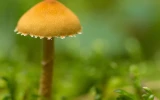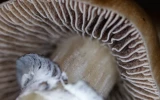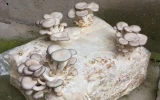First Signs of Mycelium Growth: When & What To Look For
Seeing the first signs of mycelium growth is an exciting moment for most mushroom growers, but it can be easy to miss if you don't know what to look for. Typically, it takes between a week and a couple of months to see cues that the mycelium is growing. Let's gain an understanding of what to look for and when to expect the first signs of mycelium growth by exploring its early stages of growth.
It takes a few days to a few weeks for the mycelium to appear after inoculation. The first sign of mycelium growth is a white, thread-like structure called rhizomorphic growth that spreads out from the inoculation point. An active mycelium also looks like a fluffy, white cotton ball and has a distinct, earthy smell.
If you see any green or black spots in the substrate followed by a foul smell, this could indicate that the bulk is contaminated or has mold. Let's learn more about how we can encourage mycelium to colonize the substrate quickly and how we can create the ideal environment for it to grow.
Summary
- It takes only a few days to a few weeks before you can start seeing visual cues of mycelial growth. These visual cues include seeing white, threadlike structures called rhizomorphic growths and the mycelium developing into white, fluffy cotton balls.
- Aside from visual cues, the smell can also be an indication of healthy mycelial growth. A healthy, actively growing mycelium will have an earthy smell, while a foul smell indicates contamination or mold.
- The mycelium does not require light during the colonization stage. In fact, it thrives best in warm, dark areas. When checking, use a red or blue light to avoid harming the mycelial network.
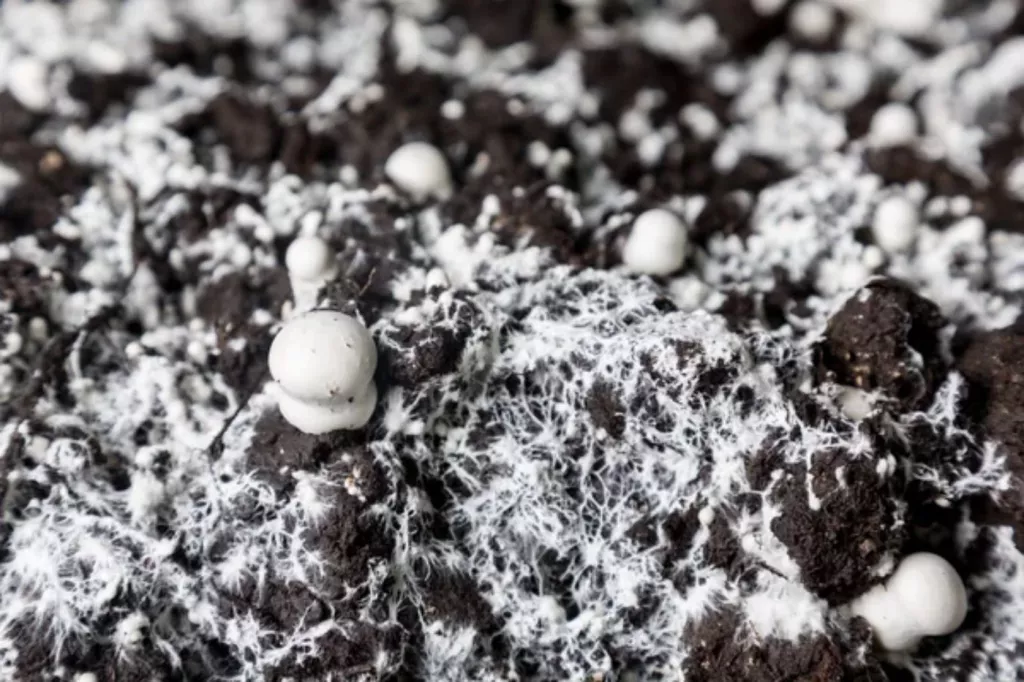
On this page:
First Signs Of Mycelium Growth
If you're new to growing mushrooms, you might be wondering when you should expect to see the first signs of mycelium growth in your substrate. The answer to that question depends on several factors, including the substrate you're using and the strain of mushroom you're growing.
Different substrates will support mycelium growth at different rates. For example, substrates like rye grain and popcorn tend to colonize faster than sawdust or straw.
The strain of mushroom you're growing also plays a role in how quickly mycelium will appear. Some strains are known for their fast colonization times, such as oyster mushrooms, while others take longer.
Once you've inoculated your substrate with spores or spawn, it can take anywhere from a few days to a few weeks for the mycelium to appear.
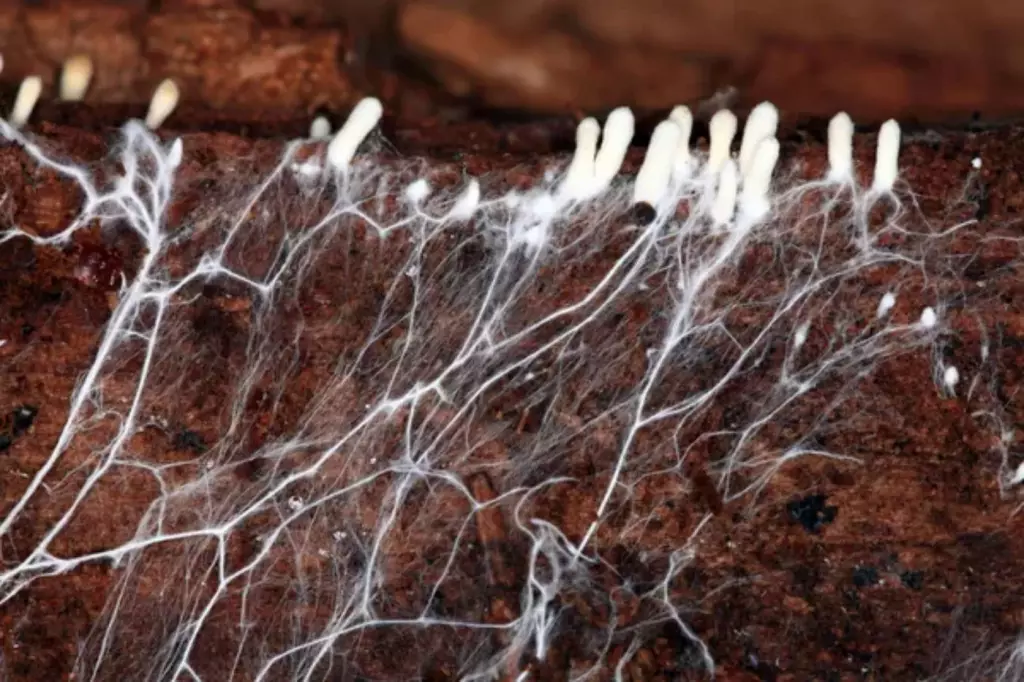
Mycelium plays a vital role in the life cycle of fungi. It serves as the primary mode of nutrient absorption and distribution. Their growth stages start from inoculation, followed by germination and mycelial expansion until they form a network of hyphae.
These hyphae secrete enzymes that break down organic matter and absorb the resulting nutrients. The mycelium then distributes these nutrients throughout the fungus, allowing it to grow and reproduce.
Although mycelium is an essential part of the ecosystem, it can sometimes be mistaken for mold. Mold is a type of fungus that grows on organic matter, and it can cause health problems if it is allowed to spread. However, mycelium is not harmful, and it is actually beneficial to the environment.
When monitoring mycelium growth, there are several visual cues to look for that indicate healthy growth. Here are some details on each of these cues:
The mycelium will exhibit rhizomorphic growth
Rhizomorphic growth is a sign of healthy mycelium growth. This type of growth looks like white, stringy strands that branch out from the main mycelium.
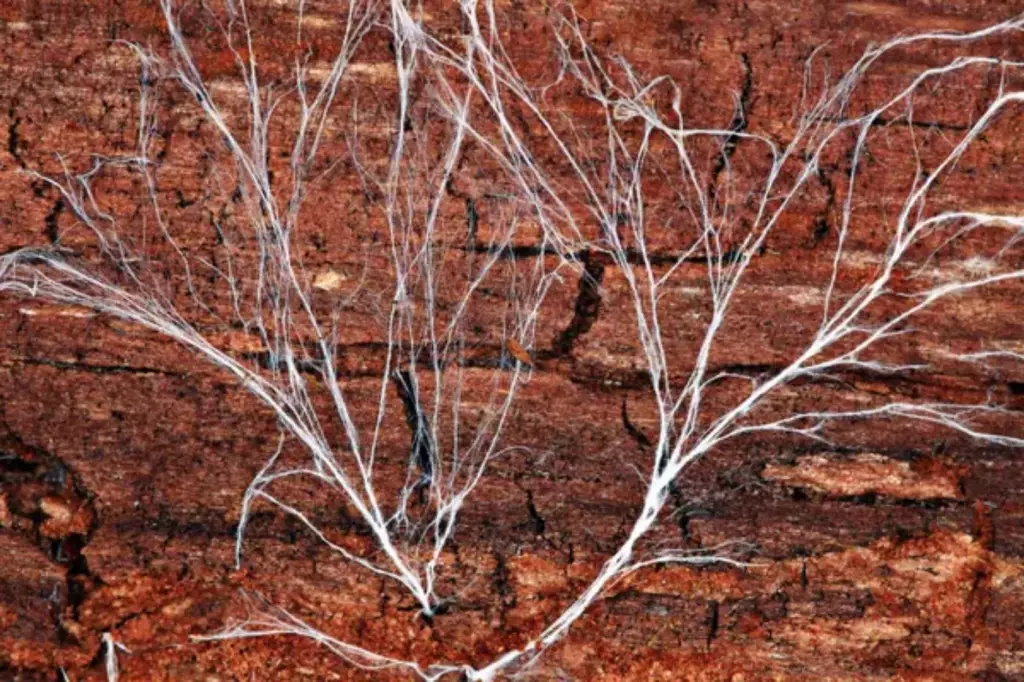
It is a good sign that the mycelium is actively seeking out nutrients. Rhizomorphic growth is often seen in rye spawn jars and is a good indicator that the mycelium is healthy and colonizing the substrate.
The mycelium should have a cotton-like appearance
This is a sign that the mycelium is healthy and colonizing the substrate.
The mycelium should look like a fluffy, white cotton ball. If the mycelium looks slimy or wet, this could indicate that the substrate is too moist.
If you see any other color, such as green or black spots, this could indicate contamination or mold growth.
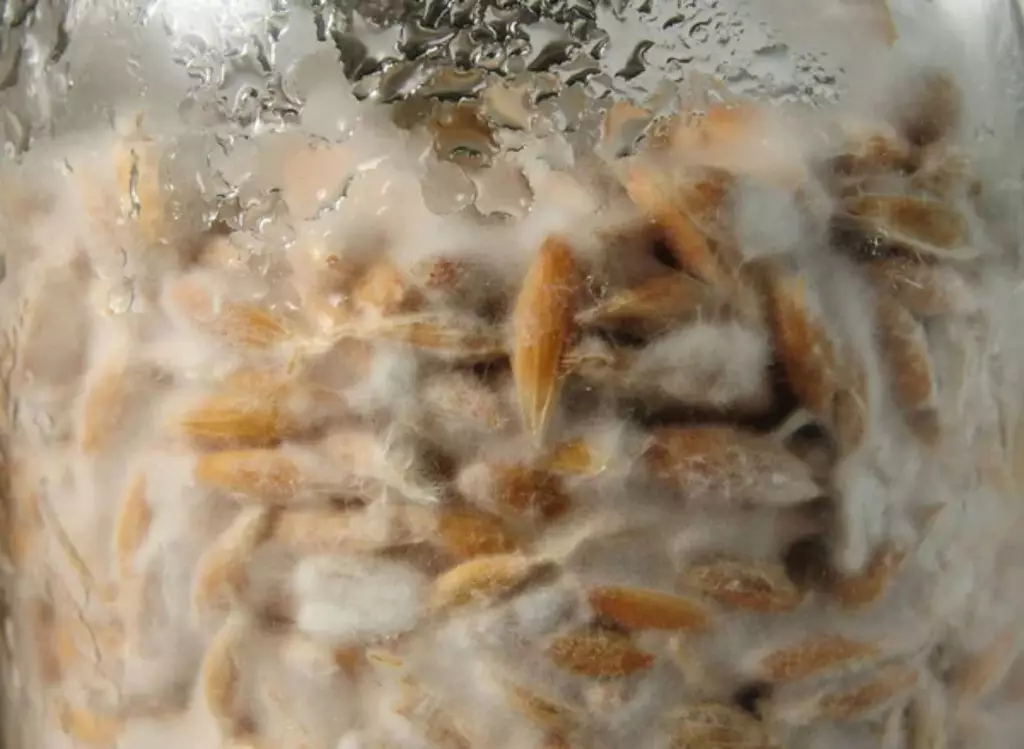
The mycelium should have a distinct, earthy smell
If there is a strong alcohol smell, this could indicate that the substrate is too wet. If there is a foul smell, this could indicate contamination.
Factors that Affect Mycelium Growth
Mycelium growth can be affected by a number of factors, including temperature, humidity, and light. For example, some strains of mushrooms require a period of darkness before they start to grow, while others require light to initiate growth.
1. Temperature requirements of different mushroom species
Different species of mushrooms have different temperature requirements, but most prefer a temperature range between 70°F and 80°F (21°C to 27°C).
If the temperature is too low, mycelium growth will slow down. If it's too high, it can lead to contamination or even kill the mycelium.
2. The balance of nutrients for mycelial growth
Mushrooms need nutrients to grow, and the substrate must contain the right balance of nutrients for mycelium growth to occur. Some common substrates include sawdust, straw, and coffee grounds.
Different species of mushrooms have different nutrient requirements, so it's important to research the specific needs of the mushroom you're growing.
3. The right moisture level for the substrate
Mushrooms need moisture to grow, and the substrate must be kept at the right level of moisture for mycelium growth to occur. If the substrate is too dry, mycelium growth will slow down, and if it's too wet, it can lead to contamination or even drown the mycelium.
4. Light requirements to trigger colonization
Mushrooms don't need light to grow, but it can affect the timing of fruiting. Some species of mushrooms require a period of darkness to trigger fruiting, while others require a period of light.
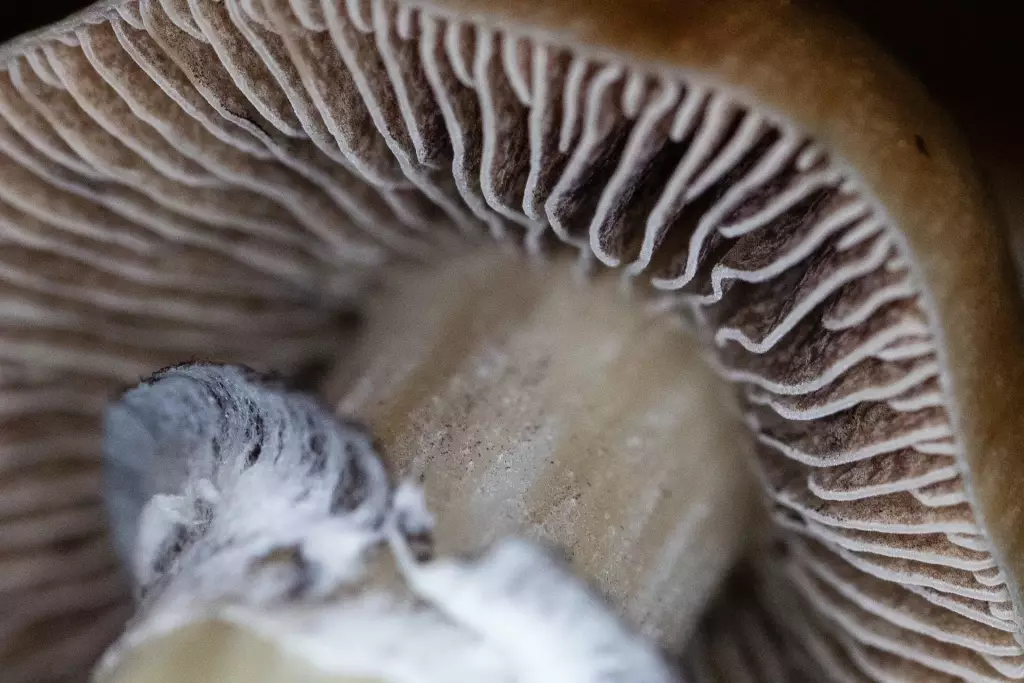
For mushroom mycelia undergoing the process of colonization, you may need to provide indirect, diffused light, as too much direct sunlight can slow growth.
5. The pH level of the substrate
Mushrooms prefer a slightly acidic substrate with a pH range between 5 and 7. If the pH is too low or too high, it can affect mycelium growth and lead to contamination. For Oyster mushrooms, optimum mycelial growth was observed with pH levels at 6.5.
Creating the Ideal Environment for Mycelium Growth
-
The ideal environment for mycelium growth is a warm, dark, and humid space. The temperature should be around 70–75 °F (21–24 °C). You can opt to use a heat mat or a space heater to keep the temperature consistent.
-
Strive to keep your growing area dark, or use a red or blue light if you need to check on your mushrooms. Mushroom mycelium does not need light to grow. In fact, too much light can be harmful to the growth process.
-
You may want to keep the humidity level around 90% by misting your growing area with water or using a humidifier. You should also allow for proper air exchange by opening the lid of your growing container for a few minutes each day.
-
Provide your mycelium with balanced nutrients by using a substrate that is rich in organic matter, such as straw, sawdust, or coffee grounds. You may also need to rehydrate your substrate as needed to keep it moist.
